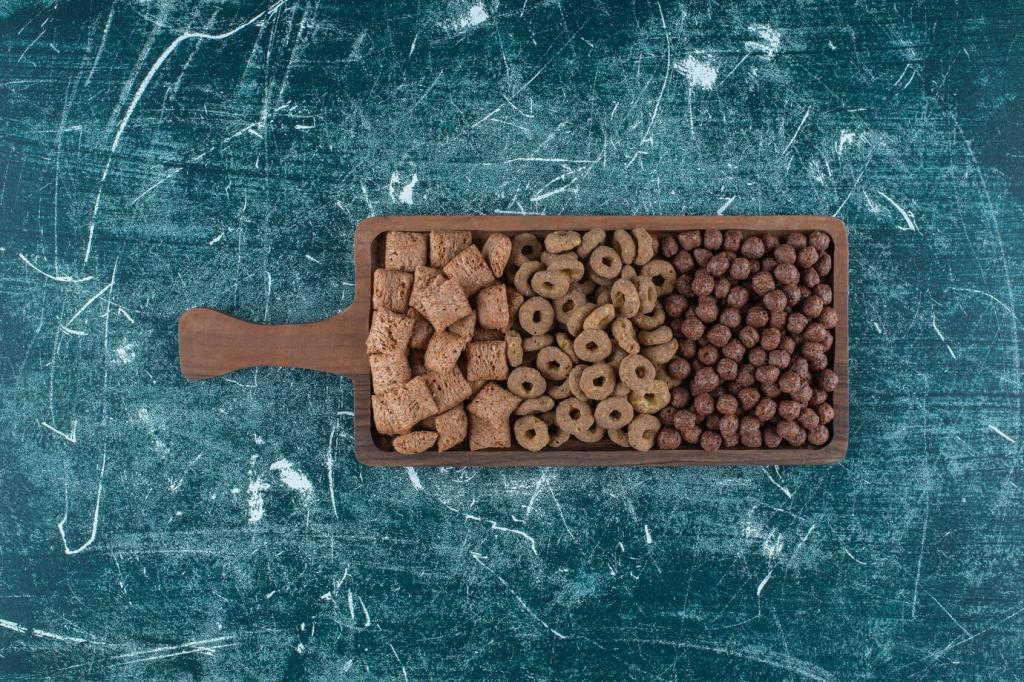Chosen Theme: Feeding Schedule for Bulldogs
Why Bulldogs Thrive on a Consistent Feeding Schedule
Bulldogs can have sensitive stomachs and a tendency toward gas, so consistent timing helps their digestive enzymes and gut motility prepare for meals. Predictable feeding reduces scarfing, bloat risk, and post-meal discomfort, making your dog calmer and more content after each bowl.


Why Bulldogs Thrive on a Consistent Feeding Schedule
Scheduled meals stabilize blood sugar and energy, preventing the highs and lows that lead to restlessness or napping too hard. Bulldogs benefit from regular fuel, especially if they enjoy structured play, short walks, and gentle training around mealtimes to keep their day balanced.

Daily Schedule Blueprint: Puppies, Adults, and Seniors
Puppies need frequent fueling to support growth and steady energy. Aim for morning, midday, late afternoon, and early evening feedings. Keep portions small to prevent tummy upsets. Track stool quality and weigh weekly to ensure growth is steady, not rapid. Share your puppy’s schedule below.
Daily Schedule Blueprint: Puppies, Adults, and Seniors
Most adult bulldogs thrive on two meals spaced roughly twelve hours apart, such as 7 a.m. and 7 p.m. This spacing supports stable digestion and minimizes scavenging. Avoid feeding too late at night to reduce reflux. Consistency matters more than exact clock times, so set reminders.
Portions, Calories, and Weight Management for Bulldogs
Start with the manufacturer’s calorie guide, then assess ribs, waistline, and energy. You should feel ribs with light pressure, but not see them. Adjust portions by five to ten percent weekly until your bulldog maintains a healthy silhouette. Record changes so you can spot trends easily.
Portions, Calories, and Weight Management for Bulldogs
On active days, add a modest portion bump; on lazy days, trim a bit. Deduct treat calories from daily totals to avoid silent weight creep. Training snacks can count as part of breakfast. Share your treat-to-meal ratio so others can compare approaches and stay consistent together.
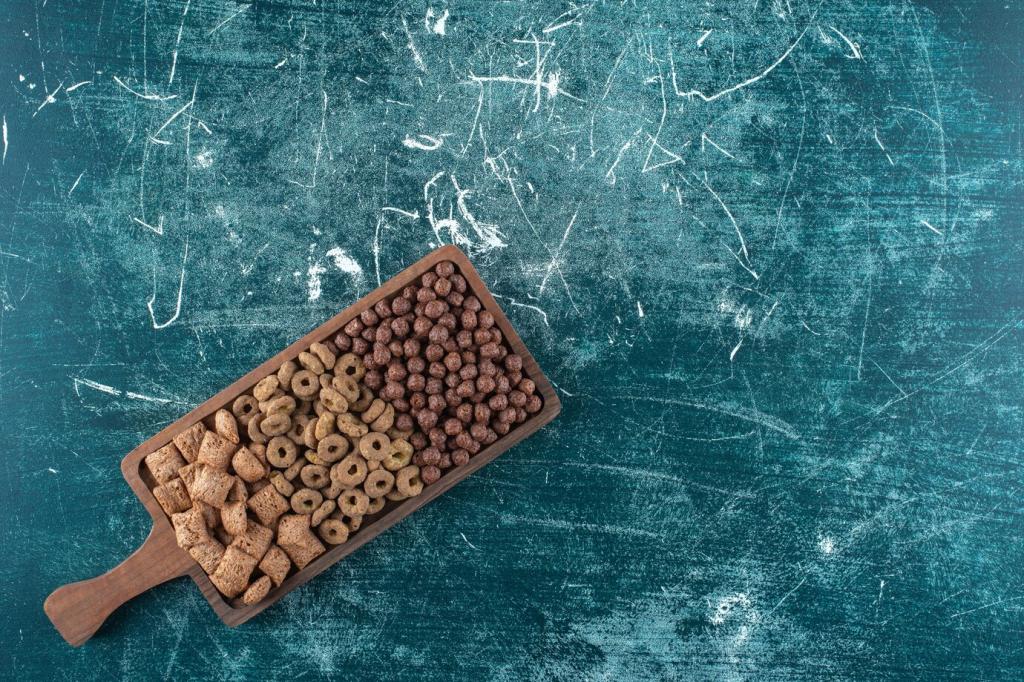
Hydration and the Mealtime Environment
Provide fresh water throughout the day, but avoid letting your bulldog chug immediately before or after meals. Offer small sips before breakfast, then a fuller drink thirty minutes after eating. This simple rhythm reduces gulping and helps prevent regurgitation in sensitive bulldog tummies.
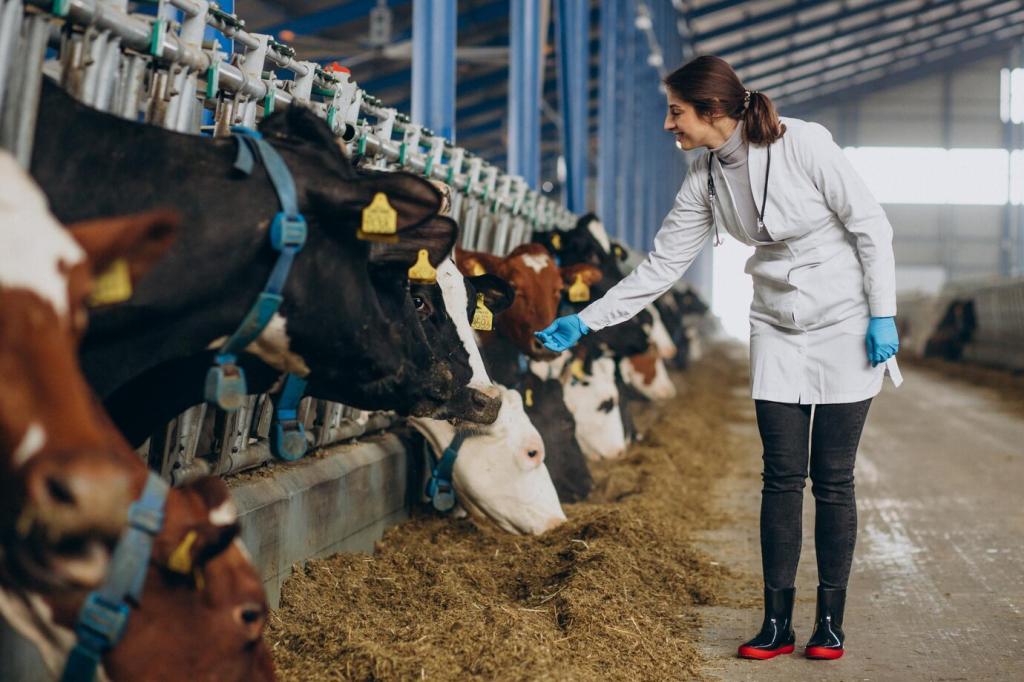
Hydration and the Mealtime Environment
Consider a slow-feeder bowl to moderate pace. Many bulldogs benefit from slightly elevated bowls, helping neck comfort and posture. Avoid overly high stands that can encourage gulping. Keep the feeding area quiet and distraction-free to minimize excitement and reduce inhaling food too quickly.
Treats, Training, and Scheduled Rewards
Offer training treats mid-morning and mid-afternoon, not right after meals. This spacing reduces tummy overload and keeps motivation high during practice. Choose soft, low-calorie options you can break into tiny pieces. Comment with your favorite high-value treat that doesn’t upset bulldog stomachs.
Hunger before mealtime boosts focus. Practice sits, stays, and leash work ten minutes before breakfast and dinner. This creates a reliable rhythm where effort precedes reward, reinforcing manners. Rotate simple commands to prevent boredom. Track progress weekly and celebrate consistency, not perfection.
Diego found his bulldog, Poppy, learned loose-leash walking fastest when rewarded with a tiny, low-fat snack immediately after cooling down. The predictable routine made walks smoother, and Poppy stopped pulling near the park. Have you synced snacks with walks? Share your timing and results below.
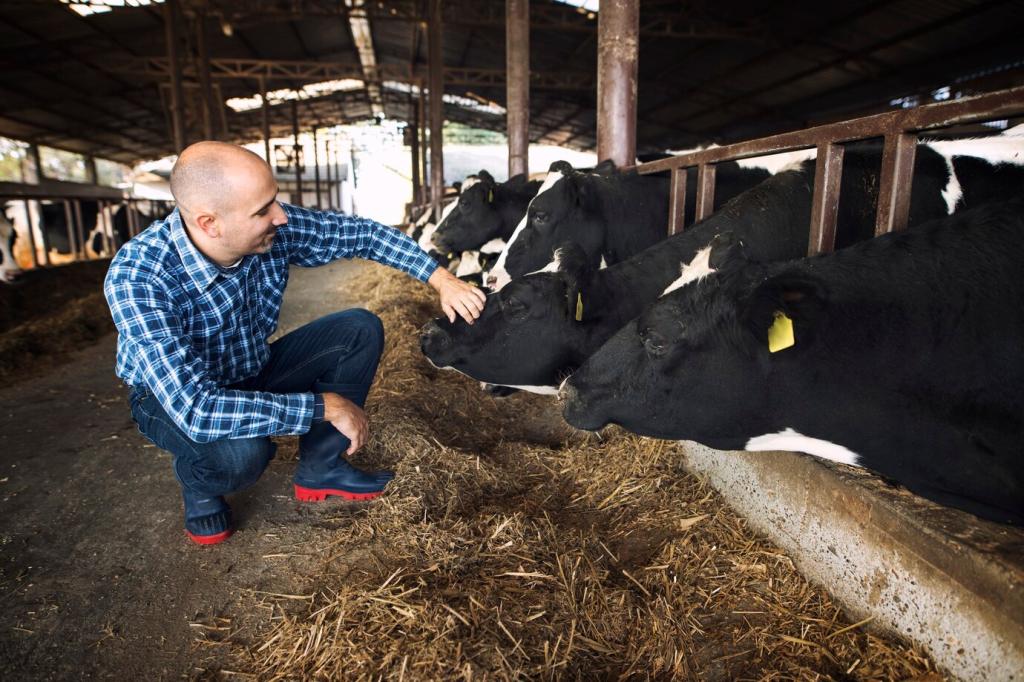

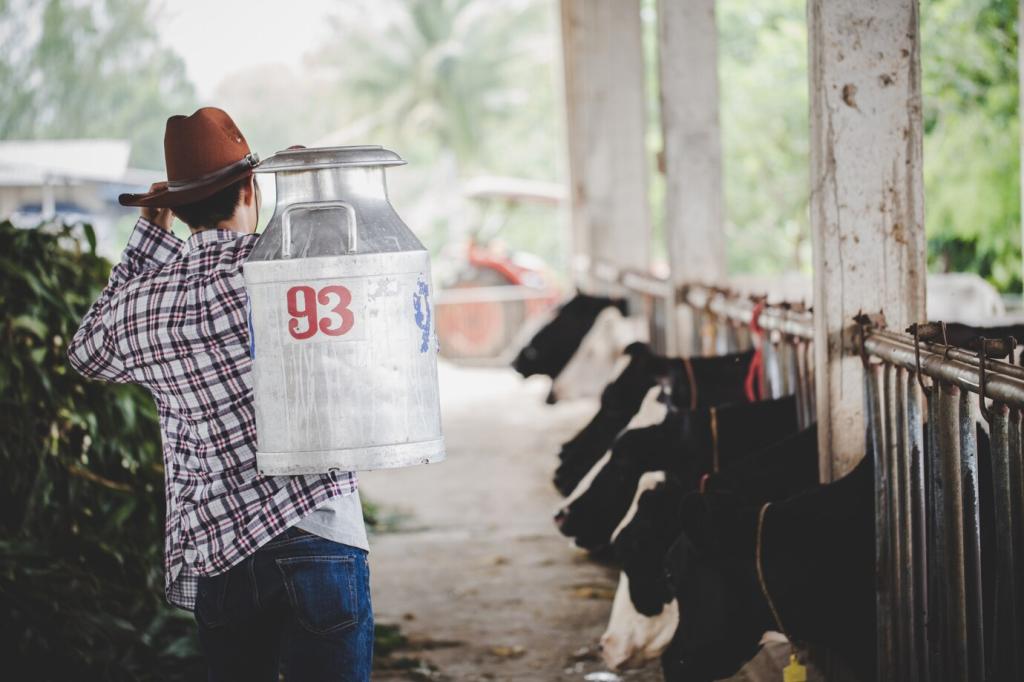
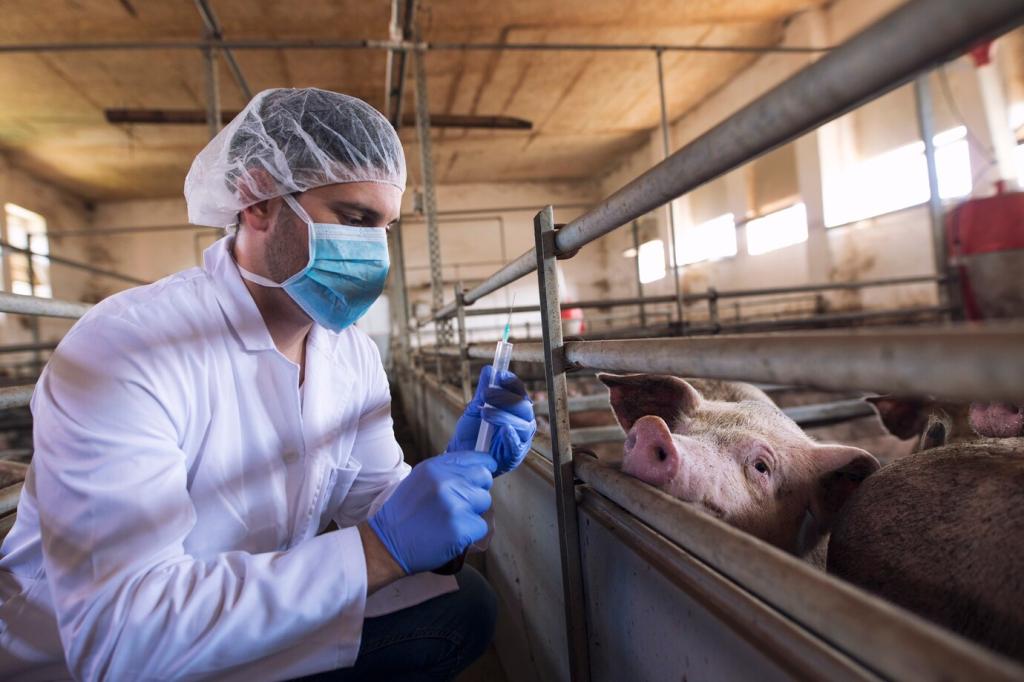
Special Situations: Heat, Travel, and Sensitive Stomachs
In warm months, feed during cooler windows—early morning and early evening. After exercise, allow a twenty-to-thirty-minute cool-down before offering food. This reduces panting-related gulping and helps prevent regurgitation. Share your summer schedule tweaks so other bulldog parents can try them safely.
